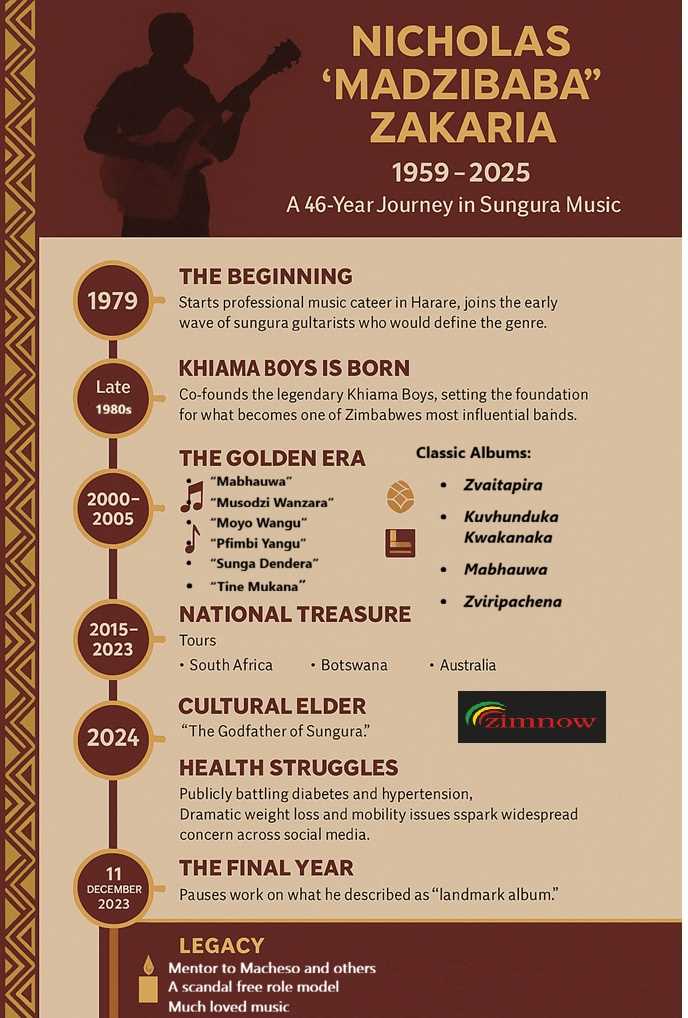
Oscar J Jeke
Zim Now Reporter
The devastating impact of El Niño-induced drought conditions on Zimbabwe's 2023/2024 cropping season has become a stark reality. The poor rainfall has significantly reduced crop yields, leading to a sharp decline in marketed grains and oilseeds.
Related Stories
According to Agriculture Minister Dr. Anxious Masuka, only 164,465 metric tons (mt) of grains and oilseeds had been sold by September 20, 2024. This figure represents a substantial decrease from the 289,090 mt marketed by the same time last year.
Dryland farming, particularly for crops like sorghum, soya bean, and sunflower, has been hit hardest by the drought. While irrigated maize has fared relatively better, its production has also declined. "This marginal decline in marketed maize is indicative of how heavily reliant we have been on irrigation this season," said Minister Masuka.
To address the shortfall, the government has imported over 39,698.88 mt of maize, with plans to import a total of 300,000 mt by June 2025. However, the ongoing wheat harvest offers some relief, with 1,737 mt already harvested as of September 18.
Zimbabwe's food security situation remains precarious. The country requires approximately 427,408.5 mt of food to sustain the population until March 2025. This figure could rise to 464,608.54 mt if the current consumption rate of 7.5 kg per person per month increases to 8.5 kg.


















Leave Comments